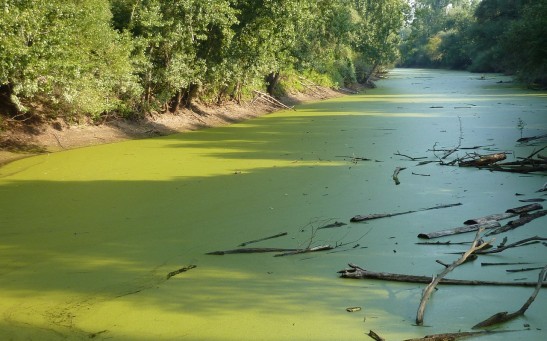Cyanobacteria
Layered Lake Reveals Origin of Oxygen in the Atmosphere, Suggests Role of Cyanobacteria in Earth’s Early History
407-Million-Year-Old Cyanobacteria Species Could Be First To Dominate Land, Provides Insights on Early Terrestrial Ecosystems

Dog Dies Few Minutes After Consuming Toxic Blue-Green Algae; Dog Welfare Club Warns Other Pet Owners of Algal Bloom Dangers
Harmful Algal Blooms Detection Challenge: NASA Offers $12,000 To Detect, Classify Severity of Cyanobacteria
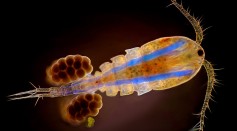
Great Oxygenation and Plankton Eradication Paved the Way For Mountains and Life on Earth
Blue-Green Algae May Not Reach Their Dangerous Levels as Scientists Develop New Tool to Identify Potential Harm
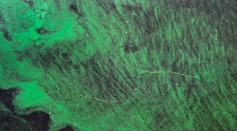
Younger Earth's Slower Spin Leads to Longer Days That Triggers More Photosynthesis Allowing Oxygen Build Up
'Very Fast Death Factor' Algae Bloom Toxin Now Found in Air
Blue-Green Algae May Help Astronauts Survive on the Red Planet
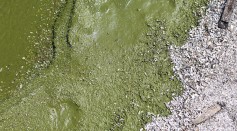
NOAA Grants Ohio Researchers $1.1M To Develop Global Solution for Filtering Freshwater
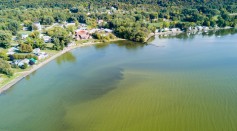
Monitoring Algal Blooms in Florida Waters Led to the Discovery of Multiple Toxins

UK’s Lake District Is Sprawling With Deadly Cyanobacteria, Environmental Agency Warns

Cyanobacteria In Water And On Land IS Said To Be A Source Of Methane

The Great Oxidation Event Explained: Scientists Developed a Model to Describe How the Tectonic Plates Affected the History of the Atmosphere
Most Popular

How Technology Is Changing the Real Estate Industry?

Study Reveals High Turnover in Scientific Research Careers: What This Means for Future Scientists

How a Plant-Based Diet Can Protect Against Breast Cancer: Insights from Nutrition Research

Why It's So Difficult to Lose Weight: The Biological Explanation Behind Obesity

